Imagine stumbling upon a fossil that completely rewrites everything we thought we knew about the evolution of flight. Picture a creature so bizarre, so utterly alien-looking, that scientists have been scratching their heads and arguing about it for decades. This isn’t science fiction – this is the reality of Longisquama insignis, a 230-million-year-old reptile that might have been gliding through ancient skies long before birds even existed. Or maybe it wasn’t flying at all. The truth is, nobody really knows for sure, and that’s exactly what makes this prehistoric puzzle so absolutely fascinating.
The Discovery That Changed Everything
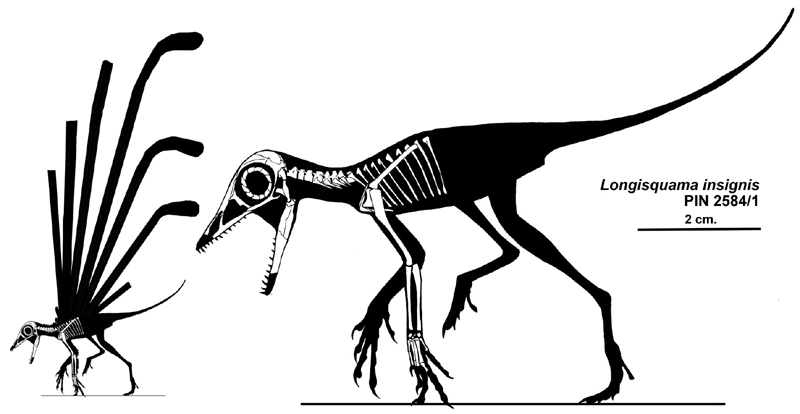
The story begins in 1969, when Soviet paleontologist Alexander Sharov made a discovery that would spark one of the most heated debates in paleontology. Deep in the Madygen Formation of Kyrgyzstan, he uncovered the fossilized remains of a creature unlike anything seen before. The specimen was small, about the size of a modern iguana, but what caught everyone’s attention were the strange, elongated structures sprouting from its back.
These weren’t just any ordinary scales or spines. The structures were incredibly long – some reaching up to four times the length of the animal’s body. They appeared delicate, almost feather-like in their preservation, with what looked like branching patterns along their edges. Sharov knew he had found something extraordinary, something that didn’t fit neatly into any known category of prehistoric life.
A Name That Tells a Story
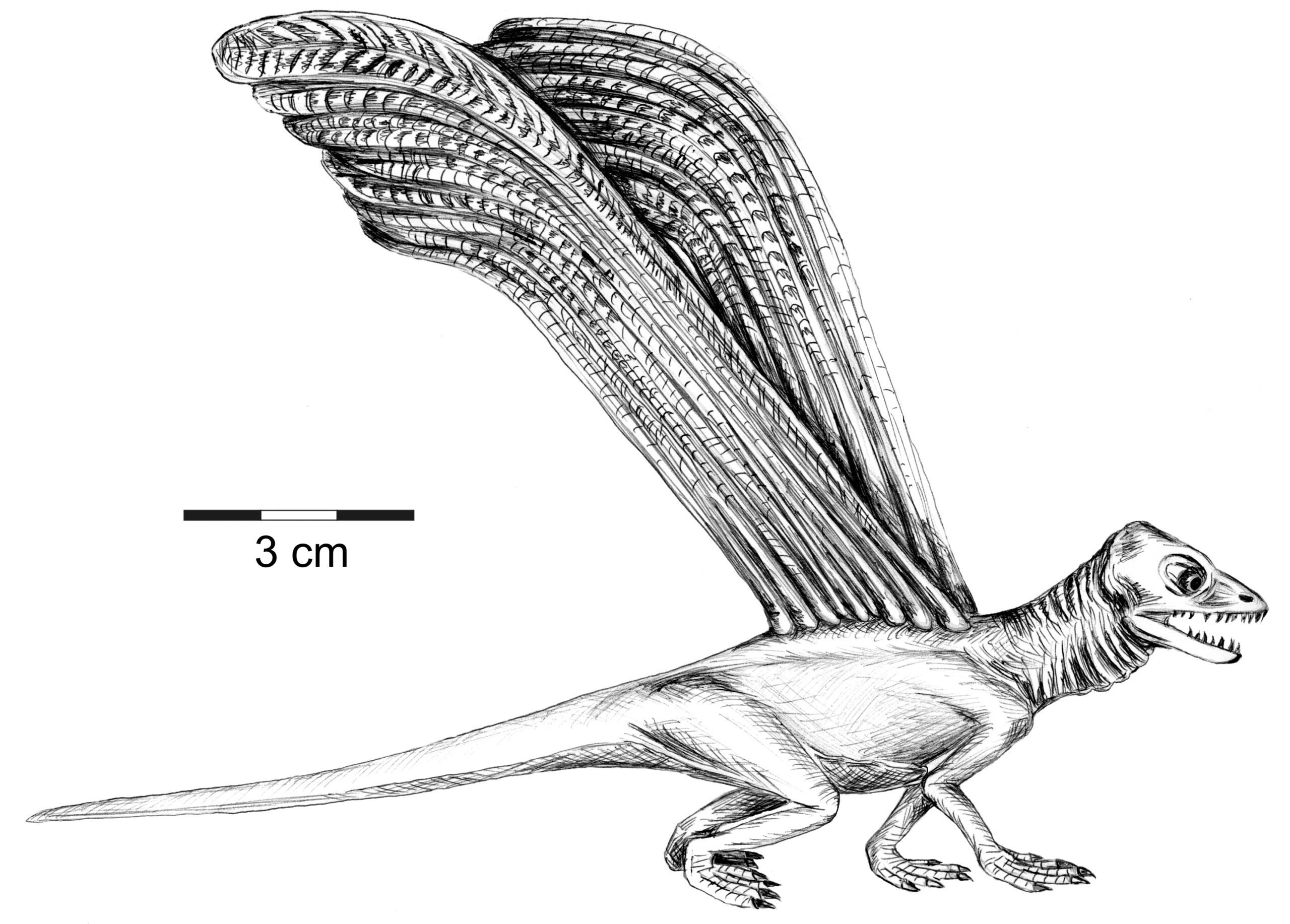
When Sharov officially described his find in 1970, he chose the name Longisquama insignis – literally meaning “long scales” and “remarkable.” The name itself hints at the mystery that would follow this creature for the next five decades. Those “long scales” were unlike anything paleontologists had ever encountered, and the “remarkable” part proved to be an understatement.
The fossil was assigned to the Triassic period, making it roughly 230 million years old. This placed Longisquama in a crucial time period in Earth’s history, when reptiles were diversifying rapidly and experimenting with all sorts of bizarre body plans. But even in this era of evolutionary creativity, Longisquama stood out as something truly special.
The Great Wing Debate
Here’s where things get really interesting – and controversial. Some scientists looked at those long, branching structures and saw primitive wings. They argued that Longisquama was actually an early glider, using its elongated scales to soar between trees in the ancient forests of Central Asia. This interpretation would make it one of the earliest known flying vertebrates, predating the famous Archaeopteryx by nearly 80 million years.
But not everyone was convinced. Other researchers examined the same fossil and saw something completely different. They argued that the structures were simply elongated scales, possibly used for display or thermoregulation, similar to the elaborate crests and frills seen in many modern reptiles. The debate became so heated that it split the paleontological community into two distinct camps.
Anatomy of a Mystery
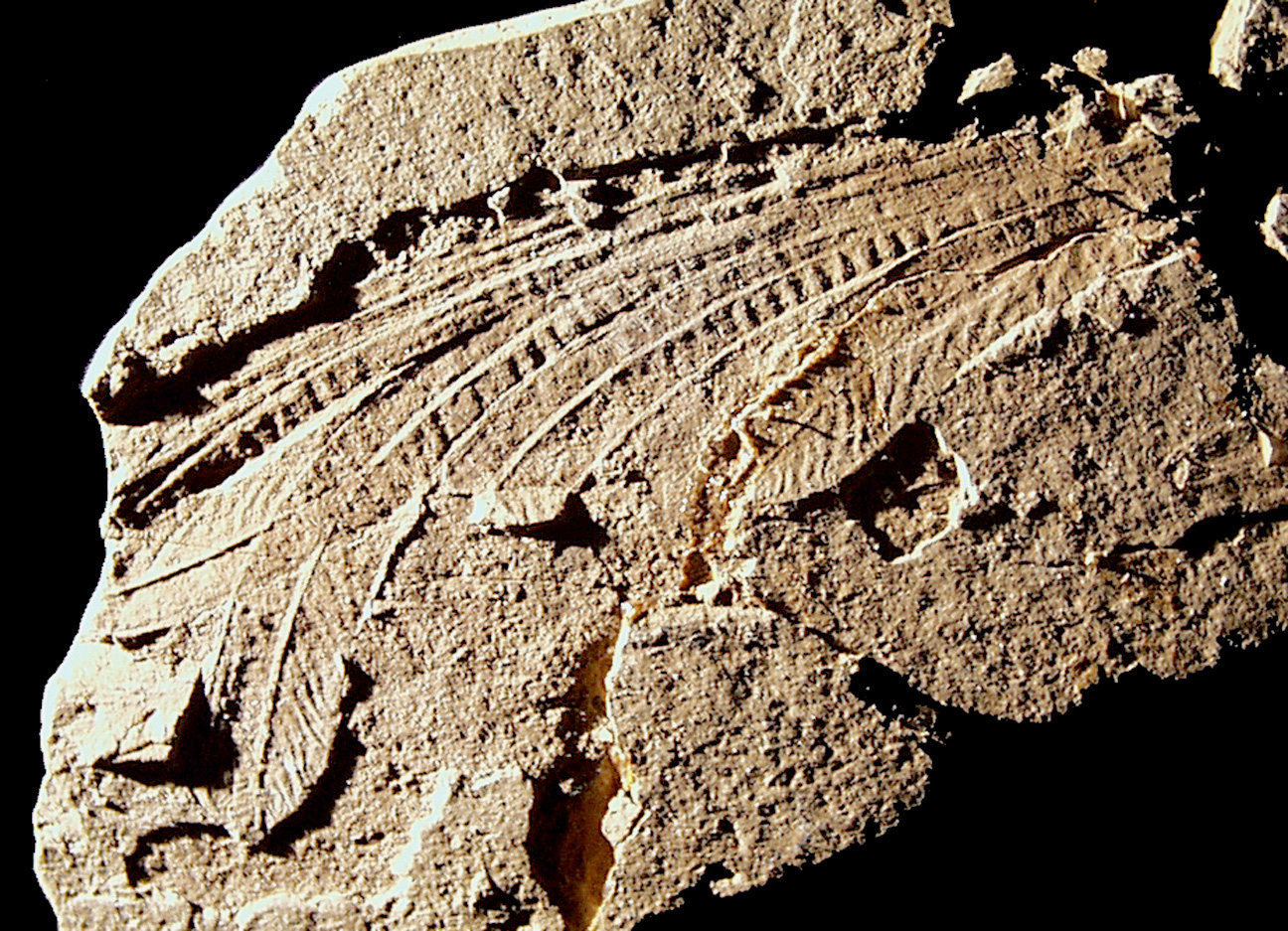
The basic body plan of Longisquama was relatively straightforward – it was a small, lizard-like reptile with a long tail and four legs. Its skull was triangular and somewhat flattened, with large eye sockets suggesting good vision. The limbs were proportioned for climbing, with curved claws that would have been perfect for gripping tree branches.
But then there were those structures. Seven pairs of them, arranged along the animal’s back like some kind of organic sail. Each structure was incredibly delicate, with what appeared to be a central shaft and branching elements extending outward. The preservation was so exquisite that researchers could see fine details that are rarely visible in fossils of this age.
The Feather Connection
One of the most explosive claims about Longisquama came from researchers who suggested that its elongated structures were actually primitive feathers. This idea sent shockwaves through the scientific community because it would mean that feathers evolved much earlier than anyone had imagined, and possibly in a completely different lineage than birds.
The structures did show some similarities to modern feathers – they had what looked like a central rachis (the main shaft) and barbs extending outward. Some researchers even claimed to see evidence of barbules, the tiny hooks that hold modern feathers together. If true, this would revolutionize our understanding of feather evolution and the relationship between dinosaurs and birds.
Skeptics Strike Back

Not everyone was buying the feather interpretation. Critics pointed out that the structures could just as easily be explained as highly modified scales or even plant material that had become associated with the fossil during preservation. They argued that the “feather-like” appearance might be the result of decay and fossilization processes rather than original biological structures.
Some researchers went further, suggesting that the long structures might not even belong to Longisquama at all. They proposed that these could be fronds from ancient plants that happened to be preserved alongside the reptile’s skeleton. This interpretation would make the entire wing debate moot, reducing Longisquama to just another small Triassic reptile.
The Gliding Hypothesis
For those who accepted that the structures were indeed part of Longisquama’s anatomy, the next question was obvious: what were they for? The most popular theory suggested that the animal was a glider, using its elongated scales like a hang glider to move between trees. This would have been a revolutionary adaptation for the Triassic period, when true flight was still millions of years away.
Computer modeling studies have attempted to test this hypothesis, with mixed results. Some models suggest that the structures could have provided enough lift for short glides, while others indicate that they would have been too unstable for controlled flight. The debate continues to rage, with new studies appearing regularly in scientific journals.
Modern Analogies and Comparisons
To better understand what Longisquama might have looked like in life, scientists have looked to modern animals with similar adaptations. The flying dragon lizards of Southeast Asia provide one possible analogy – these remarkable reptiles can glide between trees using wing-like flaps of skin supported by elongated ribs. Similarly, flying squirrels and sugar gliders show how membrane-based flight can evolve in different animal lineages.
But Longisquama’s structures were fundamentally different from these modern examples. Instead of skin membranes, it appeared to have rigid, scale-like structures that would have functioned more like the feathers of modern birds. This makes it unique among known gliding animals, adding another layer of mystery to an already puzzling creature.
The Technology Behind the Investigation
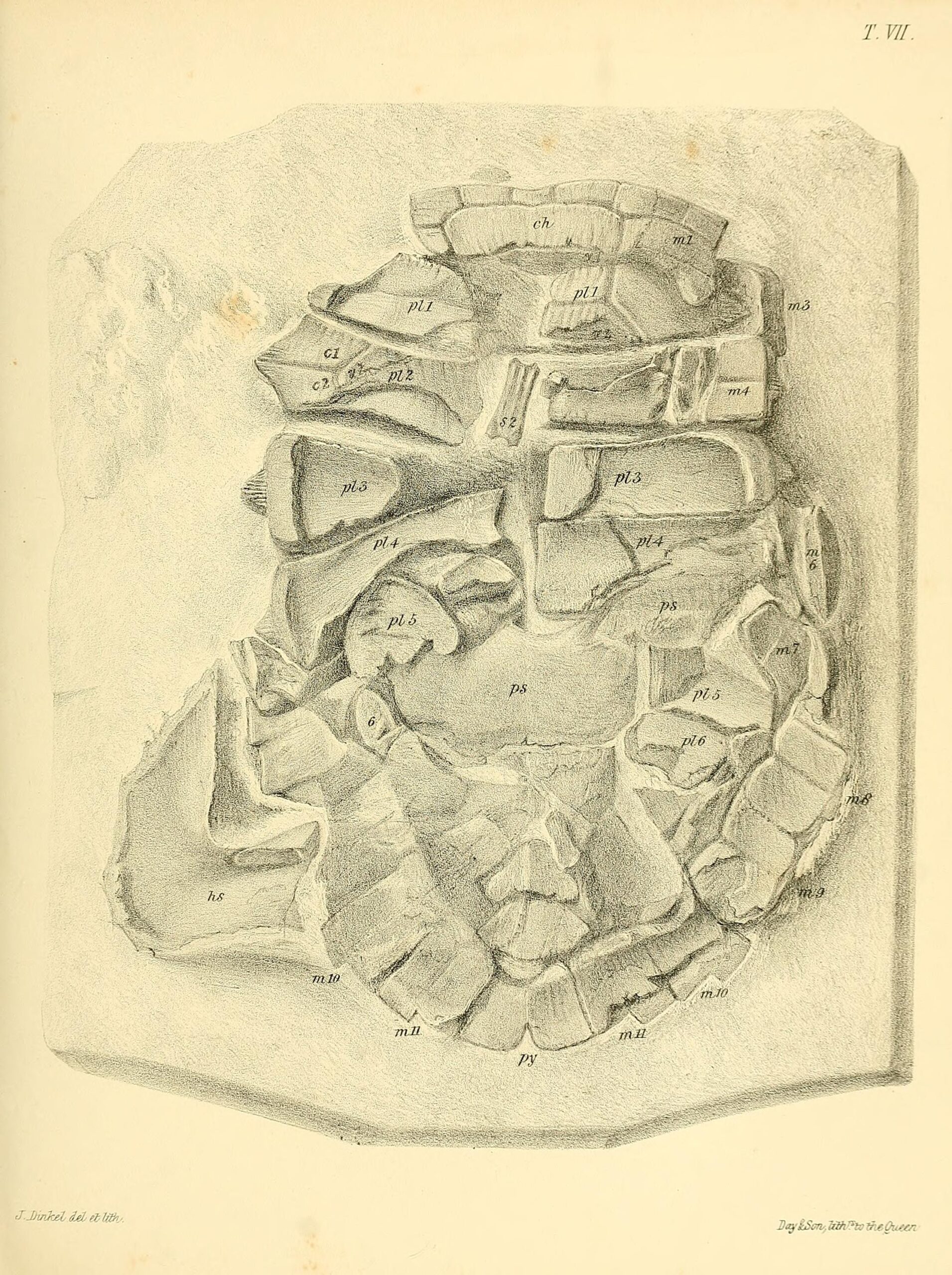
Modern technology has brought new tools to the Longisquama investigation. High-resolution CT scans have revealed internal structures that weren’t visible in traditional fossil preparation, while electron microscopy has allowed researchers to examine the fine details of the preserved structures. Some studies have even used synchrotron radiation to create incredibly detailed 3D models of the fossil.
These advanced techniques have provided new insights, but they’ve also raised new questions. Some scans have revealed what appear to be hollow spaces within the structures, suggesting they might have been lighter than originally thought. Others have shown complex internal architecture that’s difficult to explain under any current interpretation.
Ecological Context of the Triassic
Understanding Longisquama requires understanding the world it lived in. The Triassic period was a time of rapid environmental change, with new ecosystems emerging from the devastation of the end-Permian mass extinction. Forests were dominated by conifers and seed ferns, creating a three-dimensional habitat that would have been perfect for gliding animals.
The climate was generally warm and humid, with no polar ice caps and high atmospheric CO2 levels. This created lush forests that stretched far into what are now polar regions. In this environment, the ability to glide between trees would have been a significant advantage, allowing animals to escape predators and access new food sources.
Impact on Evolutionary Theory
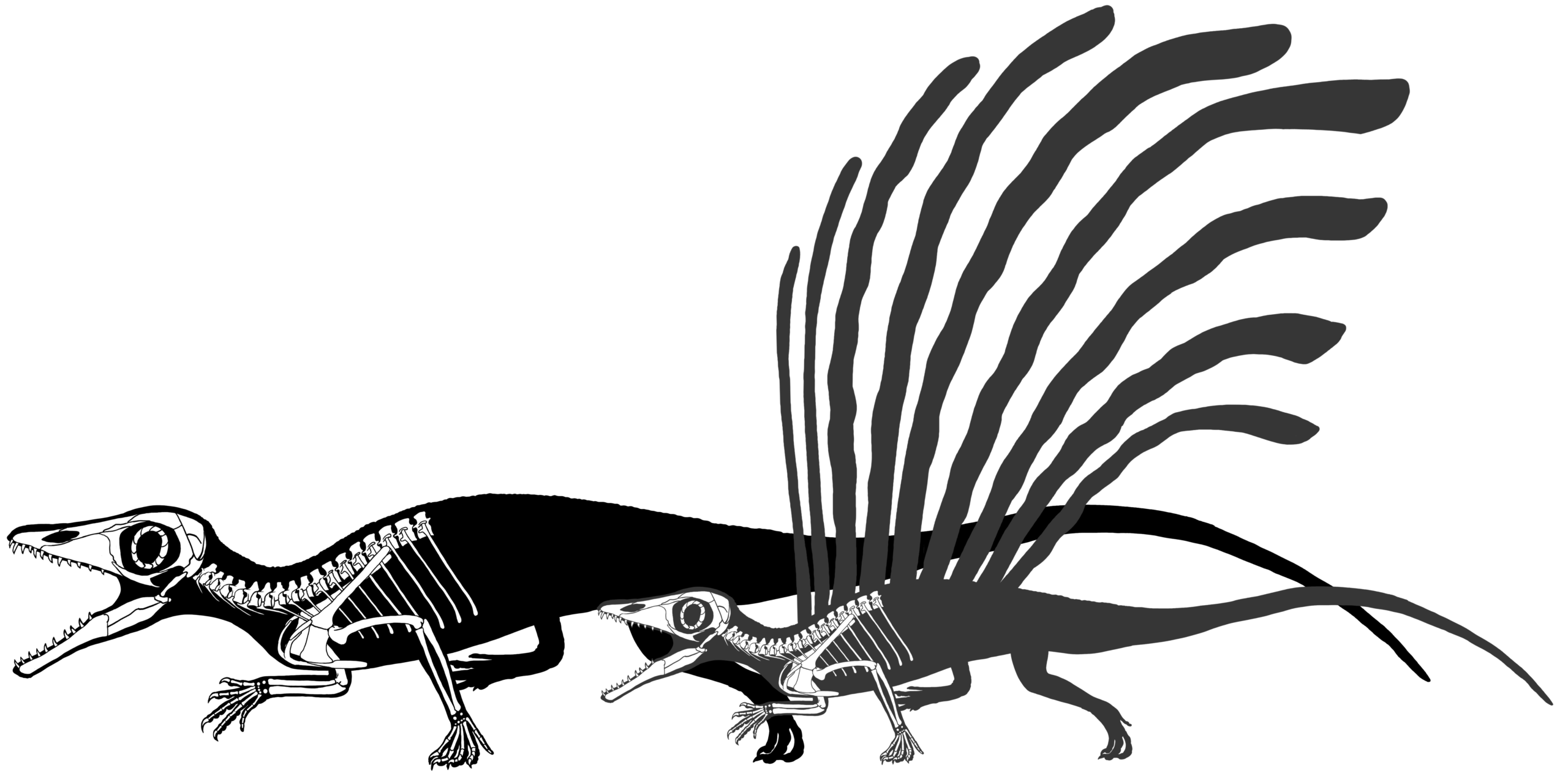
Regardless of the ultimate interpretation of its anatomy, Longisquama has had a profound impact on our understanding of vertebrate evolution. It has forced scientists to reconsider the timeline of flight evolution and the relationship between different groups of flying animals. The creature has also highlighted the incredible diversity of body plans that existed in the Triassic period.
The ongoing debate about Longisquama has also demonstrated the importance of exceptional fossil preservation in understanding evolutionary history. Without the exquisite detail preserved in this specimen, we would never have known that such bizarre creatures existed in the ancient past. It serves as a reminder that the fossil record still holds many surprises.
Current Research and Future Directions
The Longisquama mystery is far from solved. New research continues to emerge, with scientists using increasingly sophisticated techniques to study the original fossil and search for additional specimens. Recent expeditions to the Madygen Formation have uncovered new fossils that may provide additional context for understanding this enigmatic creature.
Future research directions include more detailed biomechanical studies of the proposed flight capabilities, as well as searches for related species that might help fill in the evolutionary picture. Scientists are also working to better understand the preservation environment that allowed such delicate structures to be fossilized in the first place.
The Legacy of a Controversial Creature
Whether Longisquama could actually fly or not, its impact on paleontology has been undeniable. It has inspired countless research papers, sparked heated debates at scientific conferences, and captured the imagination of the public. The creature has become a symbol of how much we still don’t know about the history of life on Earth.
The ongoing controversy has also highlighted the importance of keeping an open mind in scientific research. Sometimes the most extraordinary discoveries come from fossils that don’t fit neatly into our existing understanding of evolution. Longisquama reminds us that life has always been more creative and diverse than we imagine.
Conclusion: The Enduring Mystery
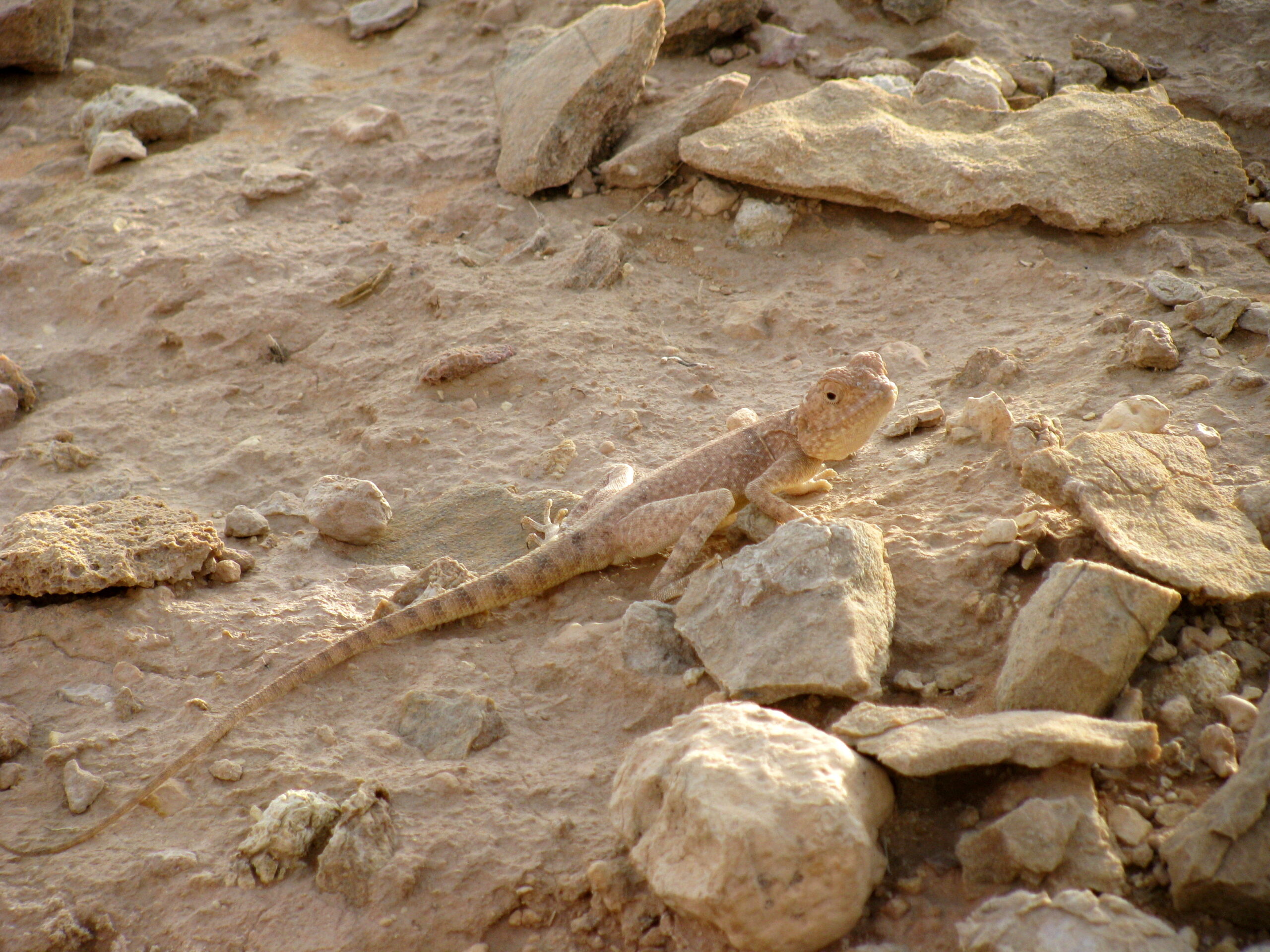
After more than five decades of study, Longisquama remains one of paleontology’s greatest puzzles. We still don’t know for certain whether it could fly, what its strange structures were made of, or how it fits into the broader story of vertebrate evolution. What we do know is that this remarkable creature challenges our assumptions about the history of life and reminds us that the ancient world was filled with wonders we’re only beginning to understand.
The debate surrounding Longisquama shows no signs of ending anytime soon. Each new study seems to raise as many questions as it answers, and the scientific community remains divided on even the most basic interpretations of its anatomy. Perhaps that’s exactly as it should be – after all, the best scientific mysteries are the ones that keep us guessing and push us to look at the world in new ways.
What fascinates you more: the possibility that flight evolved much earlier than we thought, or the idea that ancient life experimented with body plans we can barely imagine today?



